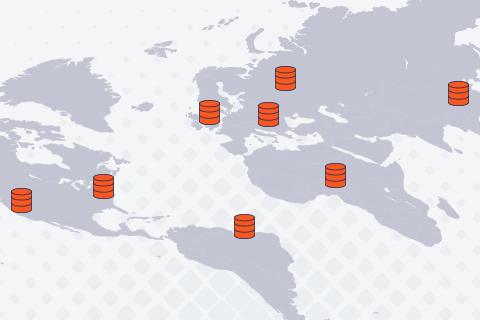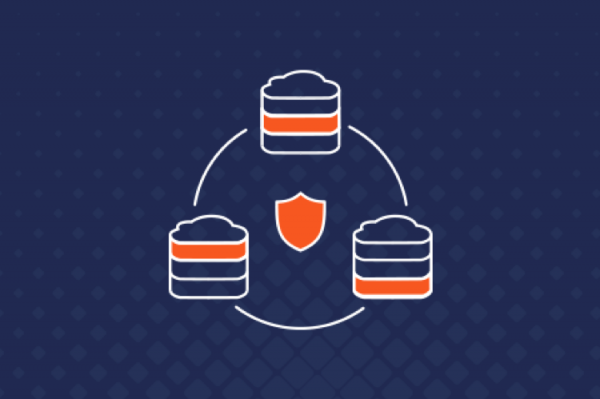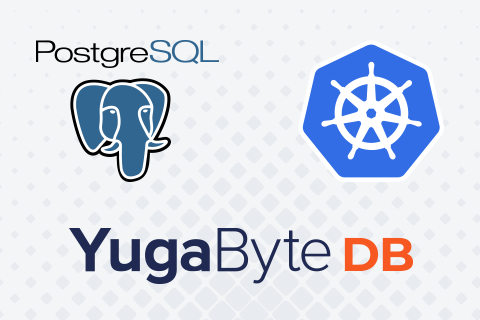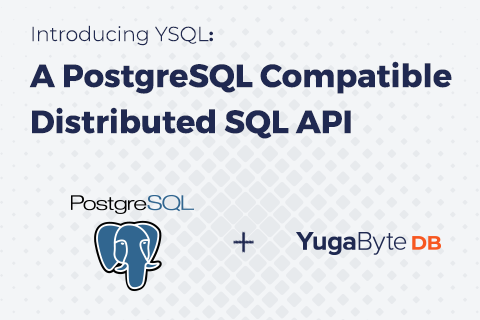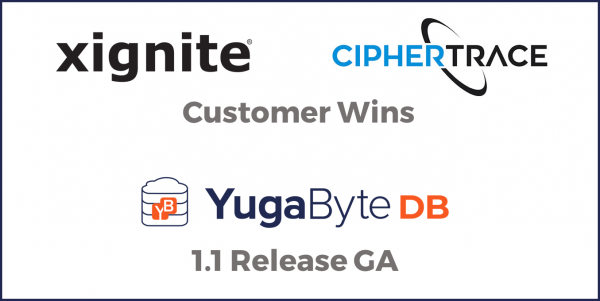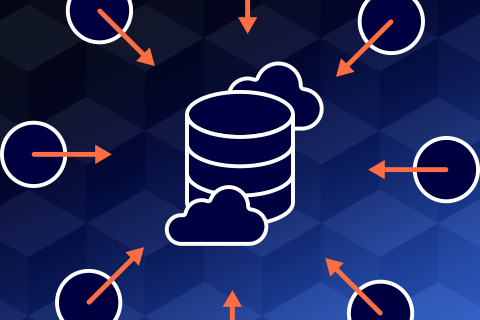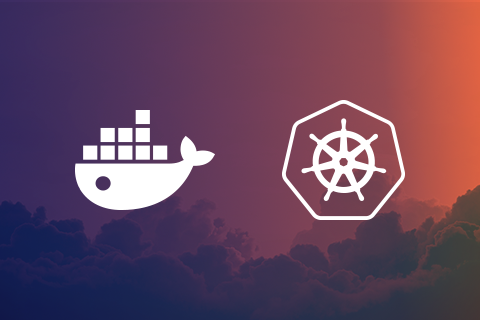Rise of Globally Distributed SQL Databases – Redefining Transactional Stores for Cloud Native Era
At last month’s KubeCon + CloudNativeCon in Seattle, the single biggest change from previous container-related conferences was the excitement among the end user companies around their adoption of Kubernetes and the associated cloud native infrastructure ecosystem. The CNCF End User Community page today lists 50+ enterprises and 21+ case studies including those from industry bellwethers such as Capital One, Netflix, Nordstrom and Pinterest. There is a common adoption pattern among all these case studies —
…
